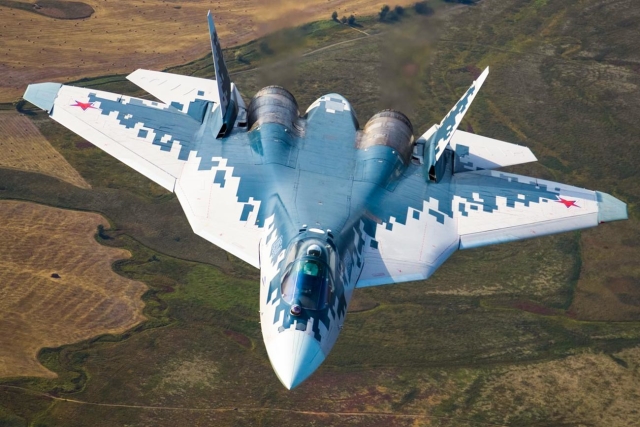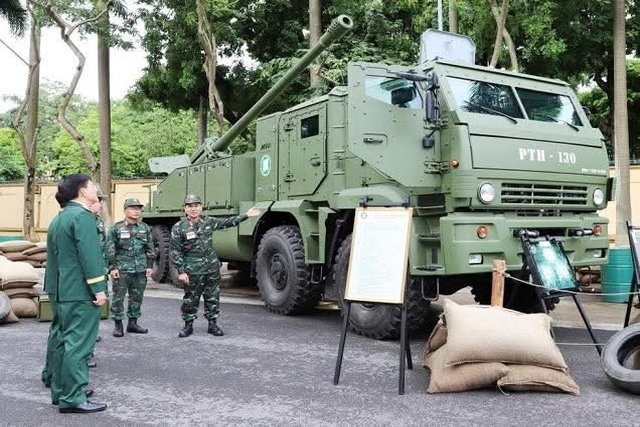U.S. Navy Seeks Raytheon AIM-9X Missile Upgrade: Reports
The U.S. Navy is seeking to enhance the range of the Raytheon AIM-9X air/air missile over the current Sidewinder variants.
To achieve the extended range, the new AIM-9X Block III will be equipped with a new rocket motor providing increased rocket motor performance and improved missile power management, according to NAVAIR reports.
The new weapon will also use an insensitive munitions warhead, providing better safety on board aircraft carriers. The new missile will leverage the current Block II’s guidance unit and electronics-including the missile’s AMRAAM-derived data link.
According to NAVAIR, the current Block II AIM-9X already overlaps some of the range capability of the more powerful Raytheon AIM-120D AMRAAM, and this overlap is expected to increase with the future Block III, providing the F-35 pilot the flexibility to employ both radar guided or passive homing missiles in Beyond Visual Rang (BVR) engagements.
While the Pentagon needs the new Sidewinder to be a supplemental BVR weapon for situations where friendly fighters are faced with electronic attacks that degrade with radar-guided weapons, it will not compromise on the AIM-9X’s close in performance. “The requirement and design call for the same WVR [within visual range]/HOBS [high off-boresight] capabilities as those found in the AIM-9X Block II,” NAVAIR said.
The Block III is currently scheduled to enter into its engineering and manufacturing development phase in 2016, NAVAIR said. Subsequently, it will go into developmental testing in 2018 with operational tests starting in 2020. If all goes well, an initial operational capability date is expected in 2022.
“The Block III development schedule follows the increased number of Joint Strike Fighter aircraft entering service,” NAVAIR added.
The AIM-9X is an advanced IR missile. It is mounted on a highly maneuverable (thrust vectored) airframe, along with digital guidance and IR signal processing that results in enhanced acquisition ranges, greatly improved infrared counter-countermeasures capability, and extremely high off-boresight engagement zones for unprecedented first shot/first kill air-to-air performance.









